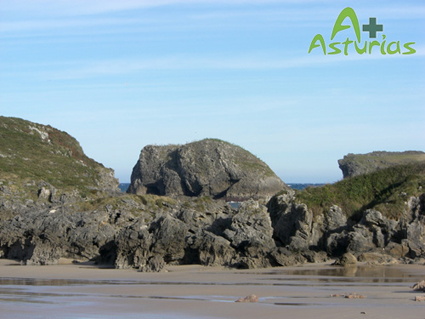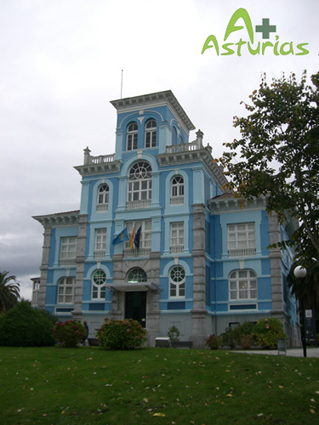

Throughout the crossing of the eastern Asturian coastline we will discover the fingerprints of the Indianos, will be surprised by the sight of the Bufones, take a walk through the old quarters of Llanes and Ribadesella and go deep into the Paleolithic prehistoric cultures.

• The Indiana fingerprint, Colombres
In Colombres we will visit Villa ‘Guadalupe’, that contains the Indianos Foundation: it is devoted to Spanish emigration to America.
Throughout the 19th and beginning of the 20th, many Asturians were obliged to emigrate in search of a better life to Latin American countries. Those that managed to make a fortune returned to their homeland and constructed small palaces or large houses in a colonial style that we are still able to admire.
Villa Guadalupe is a splendid example of the architecture resulting from Asturian emigration to America. And within it we will learn more about the “Indianos”, the Asturian emigrants, who, in the nineteenth and twentieth centuries emigrated to America, and those who succeeded, came back and built these villas, to show how rich they had become.
• The Peña Tú Idol, a gigantic rock from the Megalithic period which contains engravings and paintings from the Bronze Age. We will also be able to see the didactic showroom of the world of prehistoric man.
• The “El Pindal” cave, in Pimiango, which UNESCO has declared declared World Heritage.
• Llanes:
• The bufones de Arenillas: Bufones are geyser-like jets of water which explode from blowholes in the cliff tops in this area. They have been declared Natural Monuments.
• The Eastern Asturias Ethnographic Museum in Porrúa.
• Ribadesella:


